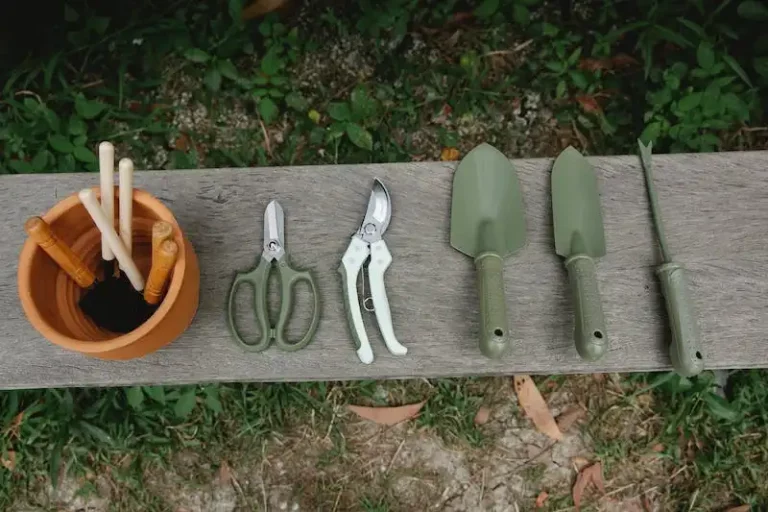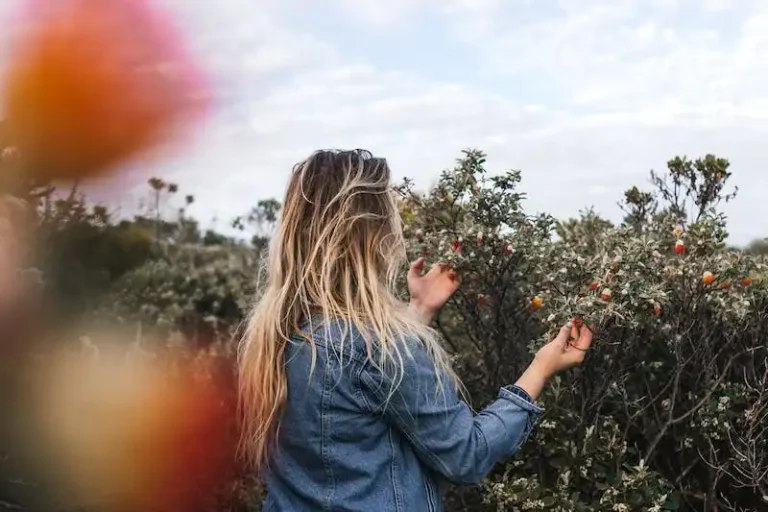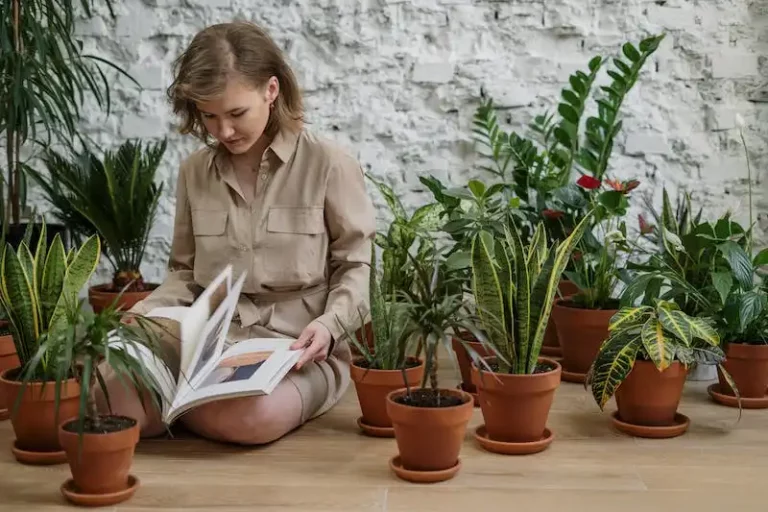If you love watching birds and want to bring them closer to your home, a window bird feeder is a great option. These feeders are perfect for bird enthusiasts who want to enjoy the beauty of birds from the comfort of their own home. In this guide, we will explain what a window bird feeder is, how to set it up, and provide tips on how to make the most of it.
A window bird feeder is a small, plastic feeder that can easily be attached to a window using suction cups. It provides a convenient and accessible way to feed birds without having to go outside. These feeders usually have a small roof to protect the bird seed from rain and snow, and are designed to be safe for birds.
Setting up a window bird feeder is easy. First, clean your window thoroughly, especially the area where you plan to attach the feeder. Next, attach the suction cups to the feeder and stick it to the window. Make sure it is securely attached before adding the bird seed. You can use sunflower seeds, millet, or any other bird food that your neighborhood birds enjoy. Just make sure not to put too much food in the feeder, as it can attract unwanted pests.
Once the feeder is set up, all you have to do is sit back and enjoy the show. Birds will soon discover the feeder and start visiting it regularly. You can place the feeder at any height on the window, but it is best to have it at eye level for a better view. You can also position it near a tree or plant to provide some cover for the birds. Add a couple of small birdbaths nearby to provide a water source for the birds as well.
Using a window bird feeder is a great way to bring nature closer to you and your family. It is a simple and enjoyable activity that can be done by people of all ages. Kids especially love watching birds eat from the feeder and can learn a lot about different species. So, if you want to have more birds in your backyard and enjoy the beauty they bring, a window bird feeder is a perfect choice.
How to Make a Window Bird Feeder
Making a window bird feeder is a fun and easy project that can provide hours of entertainment and beauty right outside your window. In this step-by-step guide, we will show you how to create your own window bird feeder.
Before you start, gather the following tools and materials:
- Pine board or wooden plank
- Saw
- Drill
- Eye screws
- Wire or string
- Wood glue or screws
- Small cartons or containers
- Bird seeds
Now, let’s begin making your window bird feeder:
- Measure and cut a piece of pine board to your desired length. This will be the base of your bird feeder.
- Attach eye screws to the top corners of the board. This will be used for suspending the feeder.
- Attach wires or strings to the eye screws, leaving enough length for suspending the feeder between the windowsill and outside.
- Attach small cartons or containers to the board using wood glue or screws. These will hold the seeds and provide access for the birds.
- Fill the cartons with bird seeds. You can also add a stick or bird feeder movement to make it more attractive to birds.
- Mount the feeder on the windowsill or outside by suspending it between two windows.
- Make sure the feeder is accessible to the birds and protected from rain and strong winds. You can attach a roof or use a shoebox lid to provide cover.
- Enjoy watching the birds visit your window bird feeder! Make sure to keep it stocked with fresh seeds and clean it regularly.
By following these simple steps, you can create a window bird feeder that will provide a great view and attract a variety of birds. It’s a great way to bring nature right to your window and provide a source of food for our feathered friends. Happy birdwatching!
For more tips and resources on bird feeding, here are some references you can look into:
- Basic Bird Feeding 101: A comprehensive guide on bird feeding and how to attract different species.
- The Top 10 Bird Feeder Foods: Learn about the best foods to use to attract various birds.
- Suet Feeders and Bird Suet: A better understanding of suet as a bird feeding resource.
- Creating a Bird-Friendly Yard: Tips on how to make your yard a haven for birds and other wildlife.
Why Should You Make a Window Feeder
If you enjoy watching birds and want to bring the beauty of nature closer to your window, making a window bird feeder can be a great idea. There are several reasons why you should consider making a window feeder:
1. Resources and Outside View: By having a bird feeder right at your window, you provide birds with easy access to food resources. Additionally, you can enjoy the sight of birds up close from the comfort of your home.
2. Cup Suspended in the Air: A window feeder allows you to hang a cup of birdseed directly in front of or below the window, making it easier for birds to find food. They can land on the platform or stick to the mesh and stick their beaks through to retrieve the seeds.
3. Better Safety: Using a window feeder helps protect birds from potential predators, such as cats or larger birds, as they are elevated off the ground.
4. Easy to Make: Making a window feeder is a simple and creative project. You can use common household items, such as a shoebox, plastic or cardboard, and attach it to the window ledge or windowsill using screws. No fancy tools are usually required.
5. Variety of Feeding Options: There are various ways to make a window feeder depending on your preference and the type of birds you want to attract. You can use different types of birdseed, such as sunflower seeds or a store-bought birdseed mix.
6. Easy to Clean: Cleaning a window feeder is generally straightforward. You can simply remove the cup or platform and wash it with warm water and mild soap. It’s recommended to clean the feeder regularly to prevent the buildup of mold or bacteria.
Making a window bird feeder not only provides birds with a reliable food source, but it also offers you the opportunity to observe their behavior up close. It’s a win-win situation for both you and the birds!
What’s Best: A Storebought or a DIY Feeder
When it comes to window bird feeders, you have two options: purchasing a storebought feeder or making your own DIY version. Both options have their pros and cons, so it’s important to weigh them before making a decision.
If you opt for a storebought feeder, you can ensure that it has been tested and designed specifically for bird feeding. These feeders often come with features that homemade feeders don’t have, such as a platform for birds to perch on or suet holders for attracting different bird species. Storebought feeders also come in various styles and materials, so you can choose the one that best matches your backyard aesthetics.
On the other hand, making your own feeder can be a fun and rewarding DIY project. You have the freedom to customize it to your preferences, such as the shape, size, and paint color. Homemade feeders can also be more cost-effective, as you can repurpose materials you already have at home, like a shoebox or milk cartons. Plus, making your own feeder allows you to get creative and experiment with different designs.
Whether you decide to go for a storebought or DIY feeder, there are some important tips to keep in mind. First, make sure to use bird-friendly paint or leave the feeder unpainted to avoid any potential harm to the birds. Second, consider the type of foods you want to offer to attract different bird species. Sunflower seeds and suet are popular choices, but you can also mix in other types of seeds to attract a wider variety of birds.
If you choose a DIY feeder, you should also ensure that it is sturdy and securely attached to the window. The feeder should be positioned near a window that has a good view of your backyard, but not too close that it prevents birds from seeing any potential danger. Additionally, be mindful of the height and accessibility of the feeder, especially if you have kids who might want to observe and interact with the birds.
Storebought feeders often come with mounting options and guides on how to attach them to windows, making the setup process easier. However, if you decide to make your own feeder, make sure it has drainage holes to prevent water buildup and is easy to clean. Also, consider using materials like acrylic or other durable plastics that won’t break or deteriorate easily over time.
Ultimately, whether you choose a storebought or DIY feeder depends on your personal preferences, budget, and intended use. Both options can attract beautiful birds to your window and provide endless entertainment for you and your family. So why not give it a try and see what’s best for you!
Step-by-Step Guide for Making a DIY Window Feeder
If you’re a bird enthusiast, you might enjoy watching birds up close while they eat. A window feeder is a great way to attract birds to your home and provide them with a reliable source of food. In this step-by-step guide, we’ll show you how to make your own DIY window feeder using simple materials.
What You’ll Need:
- A clear plastic jug with a handle
- Scissors or a craft knife
- A marker
- String or fishing line
- An eye screw or hook
- Bird feed or seeds
Step 1: Prepare the Jug
Start by cleaning out the plastic jug and removing any labels or stickers. You can use an upcycled jug from your recycling bin or purchase a clear plastic jug from a store. Make sure the jug is clean and dry before moving on to the next step.
Step 2: Cut Openings
Use the marker to draw a line around the base of the jug, about 2 inches above the handle. Carefully cut along this line using scissors or a craft knife. This will create a small opening at the bottom of the jug where the birds can access the food.
Step 3: Attach the String or Fishing Line
Take the string or fishing line and thread it through the handle of the jug. Tie a knot to secure it in place. This will allow you to hang the feeder outside your window.
Step 4: Mount the Eye Screw or Hook
Decide where you want to mount the feeder on your window. It should be a location that is easily accessible for the birds and provides a good view for you. Use a drill or screwdriver to attach an eye screw or hook above this spot.
Step 5: Fill the Feeder with Bird Feed or Seeds
Pour bird feed or seeds into the jug through the opening you created earlier. Choose a mix that is suitable for the birds in your neighborhood. Sunflower seeds and suet are popular options that attract a variety of birds.
Step 6: Hang the Feeder
Take the string or fishing line attached to the feeder and loop it onto the eye screw or hook you mounted on your window. Make sure the feeder is positioned securely and won’t fall off.
Tips:
- Ensure the feeder is placed away from potential hazards, such as tree branches or roofs, that might allow predators to reach it.
- Regularly clean the feeder to prevent the spread of disease and keep it in good condition for the birds.
- Consider adding a mesh cover to protect the seeds from rain and squirrels while still allowing the birds to access the food.
- If you have a difficult time attracting birds initially, try placing some bird feed or seeds outside the feeder for a few weeks to familiarize the birds with the location.
- Always prioritize safety when using tools or mounting the feeder. If you’re not confident in doing it yourself, consider asking for help or consulting professional resources.
With this DIY window feeder, you’ll have a front-row seat to observe and enjoy the company of birds in your home. Setting up a bird feeder is not only a great way to attract more birds, but it also contributes to bird conservation efforts by providing them with a reliable food supply. So why wait? Get started on creating your own window bird feeder today!




